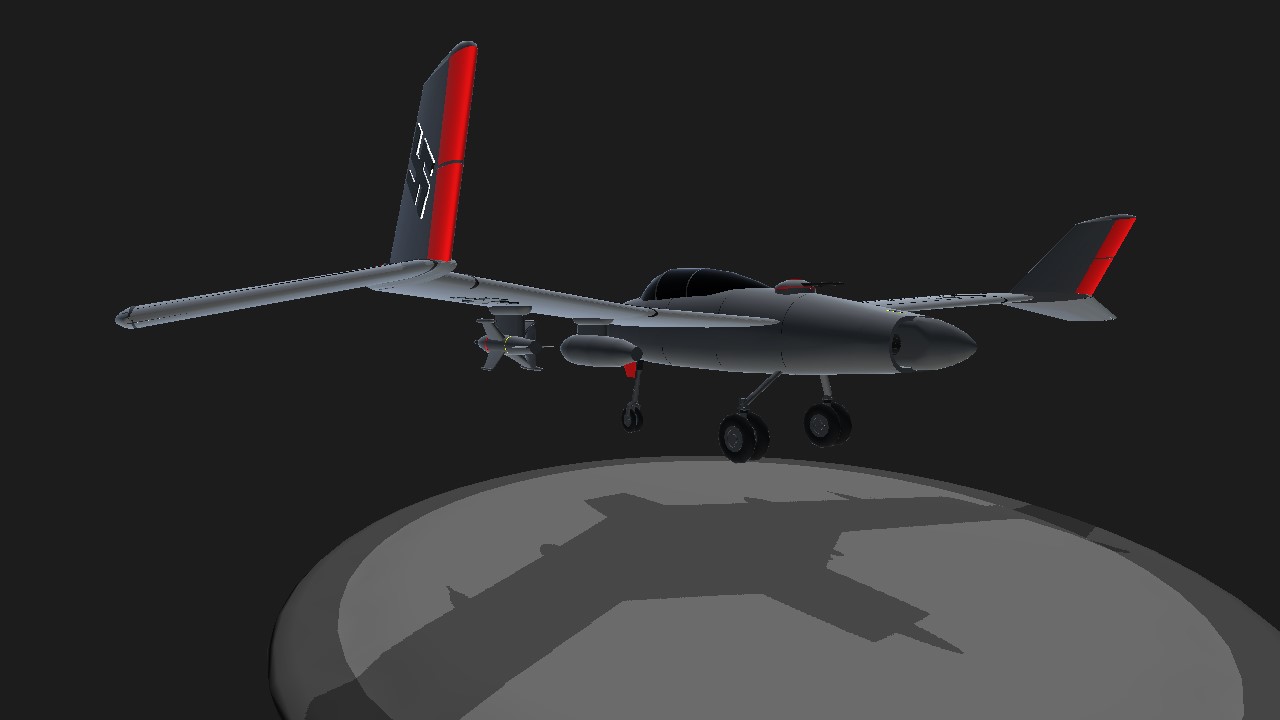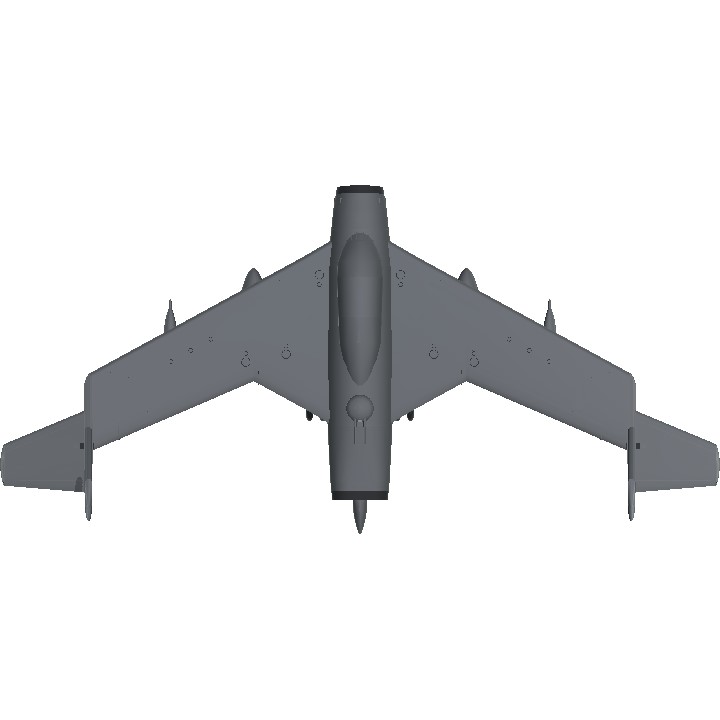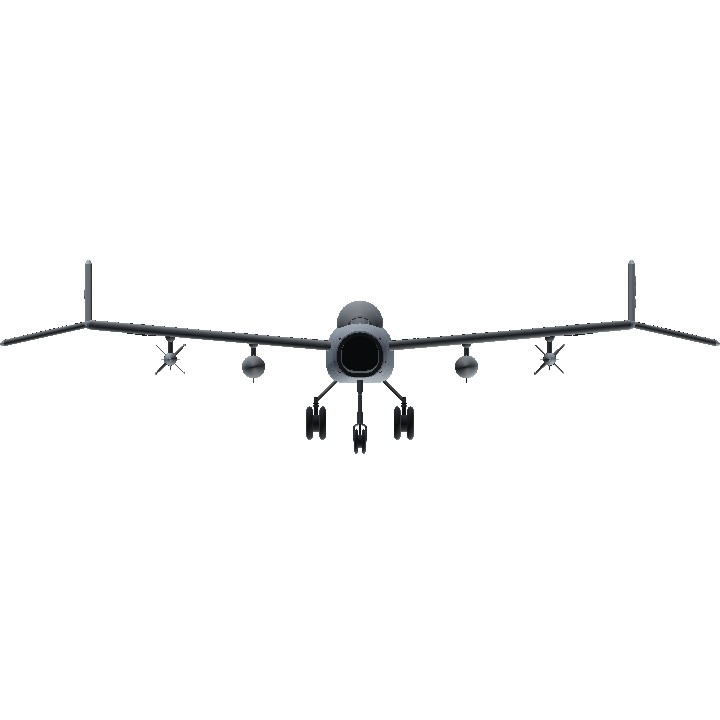A specification was issued by the Technische Luftrüstung(Technical Air Armaments Board) in late January 1944 for the definitive night fighter. Preliminary requirements were to be a top speed of 900 km/h (559 mph), an endurance of four hours, armament consisting of four cannon and internally mounted radar (FuG 240 or 244). Dr. Richard Vogt, who designed the BV P.212, immediately began work on an aircraft to meet the specifications issued for the new night fighter. Vogt used the BV P.212 as the overall basis for the new BV P.215 night fighter. The fuselage was short, with an air intake in the nose leading directly to the two Heinkel He S 011 mounted in the rear fuselage. As with other Blohm & Voss Vogt designs, the fuselage structure was built up out of the intake tube, and all components attached to this structure (see the BV P.211.02). The wings featured a 30 degree sweepback and 6 degrees of dihedral; internally the support came from a wide wing box, constructed from welded steel. The outer wing tips angled down at 23 degrees, and assisted stability and control. Warm air diverted from the engine compartment was circulated through the wings for de-icing purposes. There were two small vertical fins and rudders located on the trailing edge of the wing, where the outer wing tips angled downwards. Total fuel capacity was 7800 liters (2061 gallons), stored mainly in wing tanks. An ingenious system to pre-heat the fuel was designed; a pump would circulate the fuel of the fuselage feeder tank through a spiral line around the engine compartment and into the wing tanks. The nose landing gear was taken from the Heinkel He 219 and retracted to the rear, and the two main wheels (angled forward by 16 degrees) also retracted forwards into the fuselage. The pressurized cockpit held a three man crew; a pilot, radar operator and navigator/radio man, and all three were provided with ejection seats. A wide variety of offensive armament could be carried in the aircraft's nos
Specifications
General Characteristics
- Created On Android
- Wingspan 63.7ft (19.4m)
- Length 30.9ft (9.4m)
- Height 17.8ft (5.4m)
- Empty Weight N/A
- Loaded Weight 18,314lbs (8,307kg)
Performance
- Power/Weight Ratio 3.681
- Wing Loading 39.2lbs/ft2 (191.5kg/m2)
- Wing Area 467.0ft2 (43.4m2)
- Drag Points 12872
Parts
- Number of Parts 420
- Control Surfaces 10
- Performance Cost 1,659






